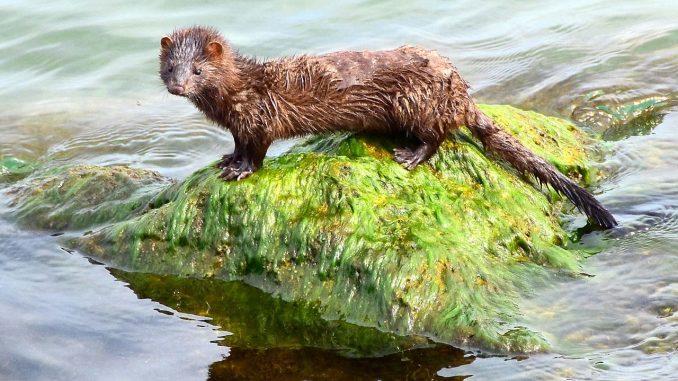
Mink and North Dakota Wildlife
From the early days of humans encountering horses and moose on their prairie trek, the Mink has made an impression on the man’s imagination. The fur is short, soft, and often matted. Most Mink are white in color, although there are some that have yellow, brown, black or even a mixture of colors.
Mink are large mammals in both size and weight. Females weigh between twenty-one and thirty pounds and males may weigh thirty to forty pounds. These animals typically live two to three years, so they can outlive their owners by quite a bit.
Mink make up part of North Dakota’s huge wildlife landscape. In the past few decades, there has been a growing interest in reintroducing Mink to the wild. There are several different species of Mink and each can be found in different areas of North Dakota. Despite this, Mink are not indigenous to North Dakota but were first introduced here by trappers and hunters decades ago.
Mink have a white coat, which in summer becomes pinkish and again becomes white. They have floppy ears, a large head, prominent brows, long snout, and distinctive yellowish-white underbelly. These characteristics are what make them distinct from other members of the Mink family.
They range from small burrows to sprawling fields of tall grasses or tall shrubs, occupying both demesne and herd management areas. They hunt for small mammals such as rabbits, rodents, squirrels, birds, and even fish. In the wild, they are often very choosy with their prey and even when in captivity, are known to force their way into people’s homes.
Mink are very territorial and they quickly establish themselves as leaders in a herd. A mature male will display his dominance over other males and will also get the best food for himself.
As more native American peoples began to settle in North Dakota, the Mink was no longer hunted as game. Hunting has been banned since 1972 and the last mink trophy was removed from North Dakota in 1981. With the opening of the Cowboy State Park in 1909, the mink population began to decrease due to overpopulation and lack of healthy predators.
